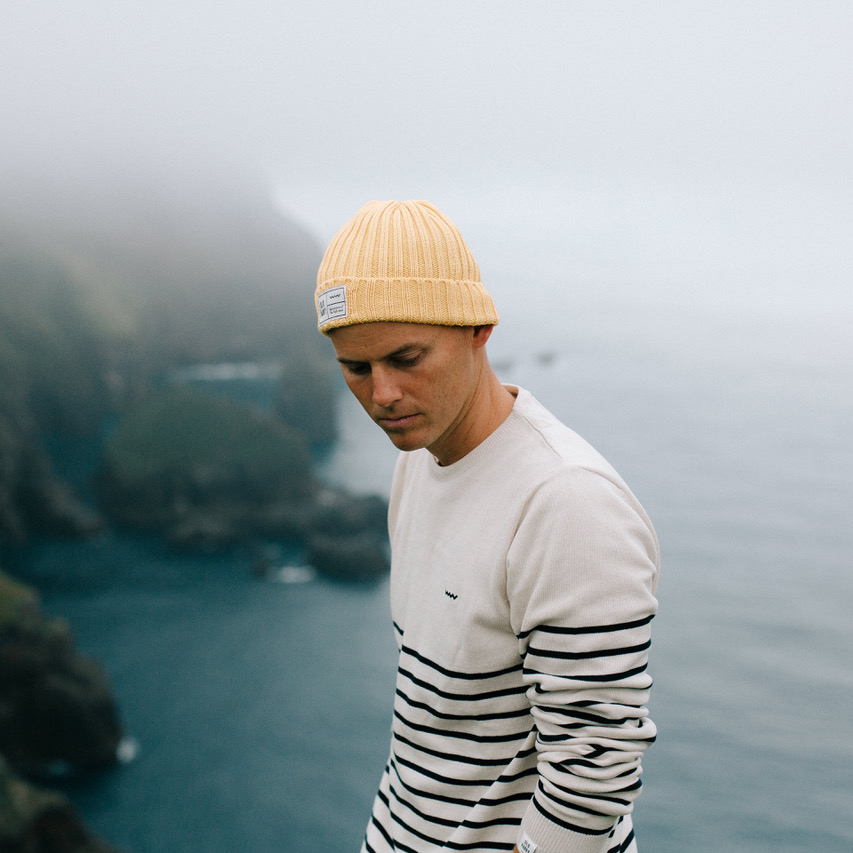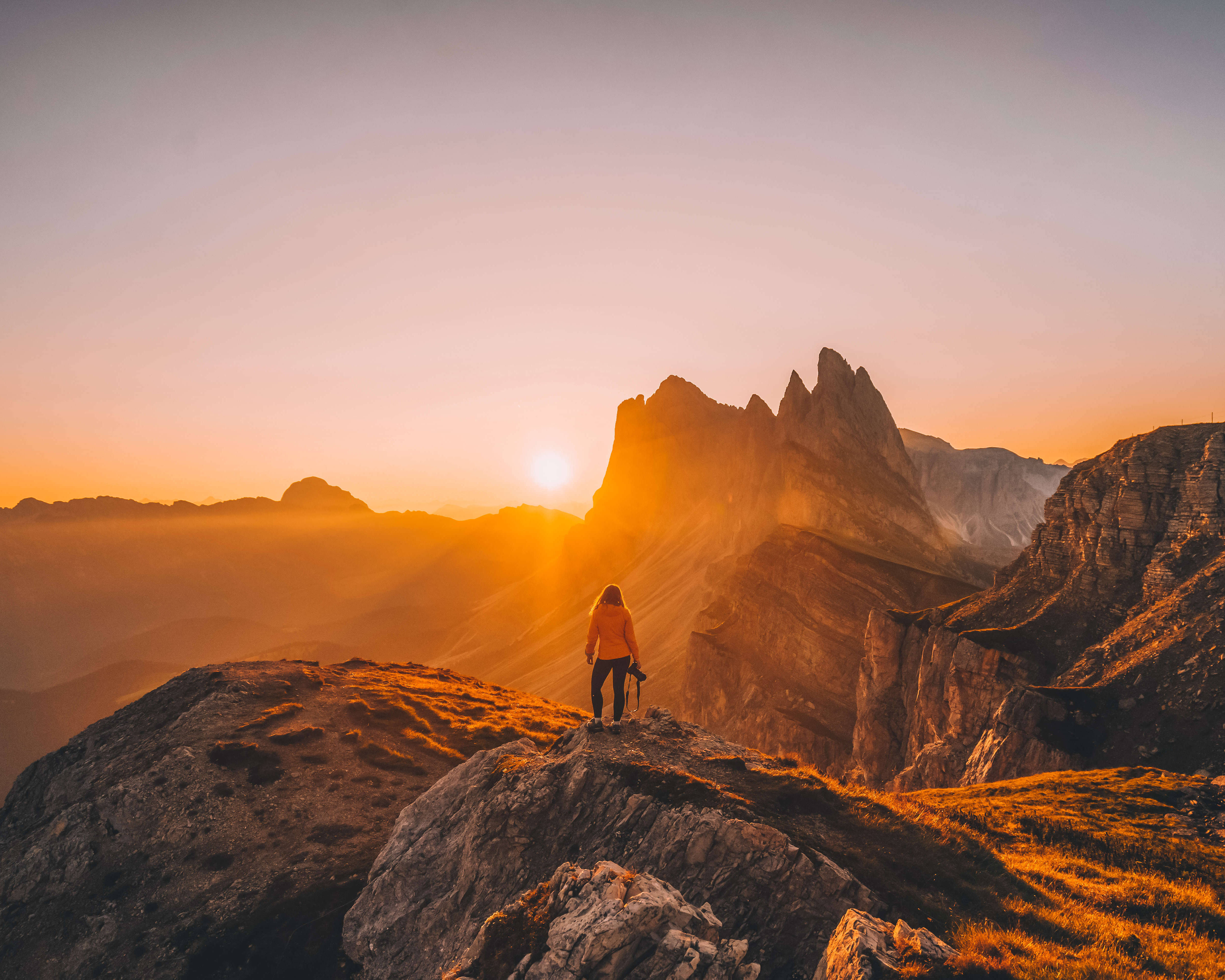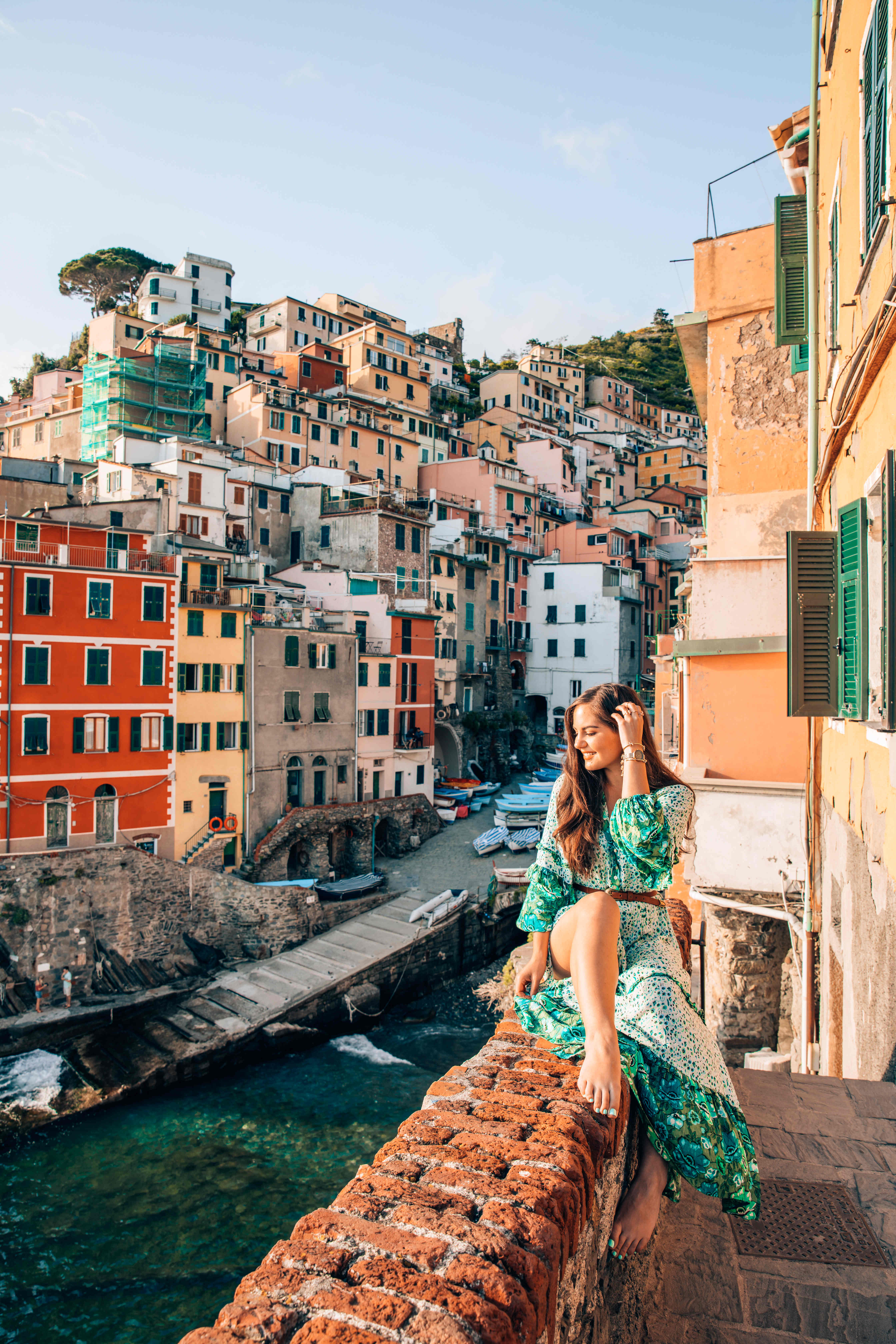These incredibly beautiful islands in the middle of the Atlantic Ocean are very secluded. Yet, people living there have access to all the modern comfort without losing their identity. An incredible balance between modernity and tradition.

The Faroe Islands consist of an archipelago of 19 islands, connected by tunnels under the sea, bridges or ferries. With under 50.000 inhabitants, the total population is less than a small town in Europe. Though it used to thrive mainly on the fishing industry, tourism has grown significantly in recent years due to the increased popularity of its untouched landscapes among the younger generation of photographers (thanks to Instagram). In 2006, the total number of tourists visiting the islands was equal to the South Pole. Now, tourism is growing at a steady pace every year.
I had a lot of expectations for my first visit but the reality was beyond what I could have imagined.
Day 1
It was still early in the afternoon when I arrived. My very first impression was the feeling of quietness and safety. The airport parking, also used by hikers as a departure point, is open to everyone. No gates, no guards. Parked in the middle, our rental car was not locked, with the key already inside. The doors of many houses were also left open; criminality seemingly inexistent.
My travel companion, already visiting the Faroe Islands for the third time, suggested to head to Gasadalur, a small village close to the airport and certainly the most famous of all. Everyone has probably seen images on Instagram of this tiny village – lying above huge cliffs and waterfalls crashing into the big waves, but I can guarantee you that none of those awesome pictures render justice to the view you see in real life.

We continued our drive for another 1hr 30min to our little cottage located on the other side of the archipelago. There are few hotels around, in addition to dozens of cool Airbnbs and guesthouses.

The last rays of the sun, reflected by the water of the sea, hit the window of our kitchen. The clouds, having covered the islands for the whole day, suddenly drifted apart and transformed the landscape. It was 11.30pm but this was an occasion that couldn’t be missed. We drove to the next village, Eidi, and enjoyed taking breathtaking pictures of the golden hour.

We finally went to bed but I couldn’t really sleep, as I was too excited for the adventures ahead and the light that never really diminishes. The nights only last for 3-4 hours in the summer at this latitude.

Day 2
On the morning of our second day, we met two other photographers from the Faroe Islands and headed to Klaksvik together, the second largest town of the Archipelago and home of the local fishing industry.
We climbed to the top of a nearby mountain and enjoyed an impressive view on the fjords opening on every side. The clouds were low but they added much drama to the scenery.

We said goodbye to our new friends and continued to Fossā, a huge waterfall that cascades down in 2 stages from the mountains 140m above. We flew drones, took pictures and sat there just to take in the power of Mother Nature. Did you know that the size of the waterfall could grow several times bigger when it rains?

The last stop of the day was Gjogv, a small village at the northernmost part of the archipelago. Gjogv takes its name from the small gorge that connects to land and from where the boats leave the village. Walking around was such a humbling experience. Children playing in the small stream coming from the mountains with wood or inflatable boats, their grandmothers watching over them; a young couple renovating their house while another old man walks his dog – all these with a huge ferry boat in the background. It seemed like time had stopped there, and you find yourself feeling incredibly peaceful and calm as you take in the entire scene.



Day 3
We took the first ferry to Sandoy Island, a small island to the south only accessible by boat. Trucks, workers, locals and a few tourists waited in line for the boat to arrive. After a short journey, we unloaded the car from the ship.
Sandoy is called after its sandy soil. It is the only place in the Faroe Islands were you can find white sand beaches. As it was pouring, we chose to visit some incredibly beautiful villages first. When the rain finally stopped, we decided to take a hike to explore a new place where the view looked promising. There was no trail to follow so we explored on our own. We crossed a lonely house, surrounded only by sheep and ended up in the middle of nowhere. I was fascinated by how remote some of the houses here were and pondered over how peaceful it would be to live in such a place.


Once we arrived at our spot, the view was extraordinary, but a storm and a thick layer of fog were growing rapidly. We had no choice but to turn back using maps on our phones to guide our steps along the dangerous cliffs, as the visibility was no further than thirty meters due to the strong wind and rain.


Day 4
The weather became slightly better on the morning of the fourth day. We headed south to conquer what is deemed as the most popular hike of the Faroe Islands. The trail along the Sørvágsvatn Lake is relatively new, with only locals inhabiting this place a few years ago. The hike was easy but when we arrived, the fog had already covered our whole view. Many people gave up waiting for the sky to clear. After several hours of waiting in the cold wind, we were tired and ready to give up as well when finally, the sky cleared up. We were rewarded with the most amazing view you can imagine.

The lake, sitting above the ocean, surrounded by huge cliffs dropping more than 100m into the sea, gave this place an impressive scale.

We continued our hike to a place called Bøsdalafossur, where the lake pours majestically into the ocean in the form of a large waterfall.


On our way back, we experienced Faroese life from another perspective. People from all over the islands joined to gather the sheep down the mountains for shearing. The young and the old were all working together. We saw young boys running and catching the rebellious sheep, while others armed with hand clippers sheared the thick wool of the older sheep in the traditional way.


Sheep played a huge role in the history of the Faroe Islands. There is even an old Faroese saying “Ull er Føroya gull”, which means “Wool is Faroese gold”.


In the afternoon, we set off for another hike, this time in the north of the Esturoy island. The path, climbing the steep slope, led directly to the top of a mountain overlooking the small village of Gjogv, which we visited before. We walked for almost two hours before reaching a point where the fog was slowly taking over the skies. Our visibility was reduced to no further than twenty meters and the slope was getting very steep. To continue our journey in these conditions was extremely dangerous. Disappointed but for our safety, we had to turn back.

Day 5
We spent our final day on the south coast of the Faroe Islands – Suduroy.

The boat ride took almost 2.5hrs. We used this time to catch up on some rest, as we had to wake up very early to make it for the first ferry. The boat has always been my favorite form of transport, as it has much more room.
The island is parsed with small fisherman villages. We took a few short hikes along the cliffs to watch the sea birds. There were many of them, and were perhaps the only wildlife present on this island. The constant and powerful roar of thousands of birds calling at the same time was impressive. We were very careful not to disturb their nesting area, as they can be really aggressive if you get too close.

We then visited the Akraberg lighthouse at the southern tip of the island. The family who used to live there left their house in 1988, after a violent hurricane damaged most of their belongings. Today, nobody lives in the area, but the lighthouse is still in use along with several others around the Faroe Islands.

The houses on this island were really secluded. On our way back to the main islands, we travelled with a few local families who were going to spend some time in the capital. Some were going to have a meal at the restaurants, some were visiting relatives while others were going to stock up on items that were not readily available on their island. Their homes were pretty isolated, but yet they still had access to all the modern comfort and facilities.


Looking back, my first time in the Faroe Islands was nothing short of magical. Even though we did not always have the best weather, the local experiences, sunset drives and difficult hikes will forever be etched in my memory. To see a population living a remote yet simple life was a good change from our everyday hustle and bustle of the big cities. I am truly happy to have had this experience and I cannot wait to visit these islands for a second time!
All images belong to Derek, subject to copyright.






